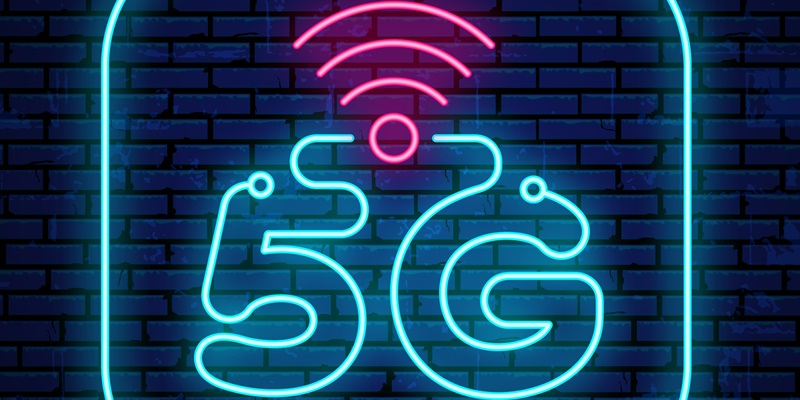The introduction of 5G technology has sparked a wave of transformation across various industries, and supply chain logistics is no exception. With its unprecedented speed, low latency, and vast network capacity, 5G offers remarkable benefits to businesses, enabling seamless real-time communication, data collection, and analysis. In this article, we will explore how 5G is reshaping supply chain logistics and revolutionizing the way businesses manage their supply chains.
The Role of 5G in Supporting the Internet of Things (IoT)
One of the most significant advantages of 5G is its ability to support the Internet of Things (IoT). IoT devices, such as sensors and RFID tags, play a crucial role in supply chain logistics by collecting and transmitting data in real time. With 5G’s exceptional speed and bandwidth, these devices can seamlessly connect and communicate with each other, creating an interconnected web of valuable information for businesses to leverage.
Real-Time Data Collection and Transmission for Supply Chain Visibility
IoT devices empowered by 5G can collect and transmit data instantaneously, providing businesses with unprecedented visibility into their supply chains. Real-time data on inventory levels, product conditions, and transportation conditions allow companies to have a comprehensive understanding of their operations. This newfound visibility enables businesses to identify bottlenecks, optimize processes, reduce waste, and enhance efficiency throughout the supply chain.
Harnessing data for process optimization, waste reduction, and improved efficiency
By harnessing the power of the data collected through IoT devices, companies can unlock tremendous potential for process optimization and waste reduction. Data analytics, combined with 5G technology, can provide valuable insights into inefficiencies, enabling businesses to reconfigure operations, streamline workflows, and make data-driven decisions. This leads to cost savings, improved productivity, and overall enhanced supply chain efficiency.
Real-Time Tracking and Optimization of Shipments with IoT Devices
With the integration of IoT devices and 5G technology, logistics companies can now track the location and condition of shipments in real-time. This allows for better-informed decision-making when it comes to optimizing delivery routes, reducing transit times, and ensuring timely deliveries. By leveraging this real-time tracking capability, businesses can significantly enhance customer satisfaction, streamline operations, and minimize disruptions in the supply chain.
The Impact of 5G on Autonomous Vehicles in Supply Chain Logistics
The advent of 5G technology has bolstered the efficiency and reliability of autonomous vehicles in supply chain logistics. Autonomous vehicles equipped with 5G capabilities can communicate seamlessly with each other and surrounding infrastructure in real-time. This enables them to avoid collisions, optimize routes, and improve delivery times. As autonomous vehicle technology continues to evolve, the integration of 5G will play a pivotal role in facilitating safer and more efficient transportation within the supply chain.
Enabling augmented reality (AR) and virtual reality (VR) in supply chain logistics
Another groundbreaking application of 5G in supply chain logistics is the integration of augmented reality (AR) and virtual reality (VR) technologies. By leveraging the high-speed connectivity of 5G, businesses can harness these immersive technologies in various areas, such as warehouse operations, training, and quality control. AR and VR provide real-time information to workers on the shop floor, enhancing accuracy, efficiency, and overall productivity.
Using AR and VR to Enhance Accuracy and Efficiency on the Shop Floor
AR and VR technologies, enabled by 5G connectivity, can revolutionize the shop floor environment. By overlaying virtual data onto the physical world, AR assists workers in identifying products, locating inventory, and optimizing picking processes. On the other hand, VR can be leveraged for training purposes, allowing employees to practice various tasks in a simulated environment. These technologies significantly improve accuracy, reduce errors, accelerate training processes, and empower workers with the information they need to excel.
The deployment of 5G technology has ushered in a new era for supply chain logistics. By supporting the Internet of Things, enabling real-time data collection and transmission, optimizing processes, and revolutionizing autonomous vehicle capabilities, 5G is transforming supply chain management in unprecedented ways. Additionally, the integration of augmented reality and virtual reality technologies is further enhancing accuracy and efficiency on the shop floor. As more businesses embrace 5G and its capabilities, the potential for continuous innovation and optimization in supply chain logistics is vast, promising a future of seamless operations, reduced costs, and enhanced customer experiences.

